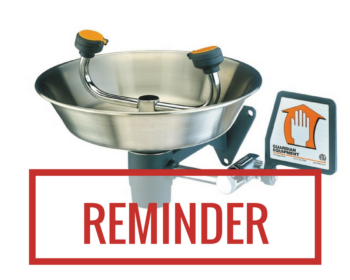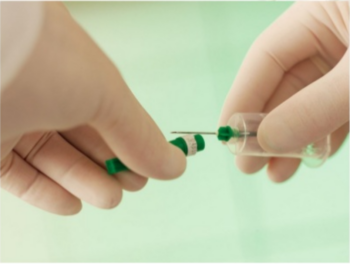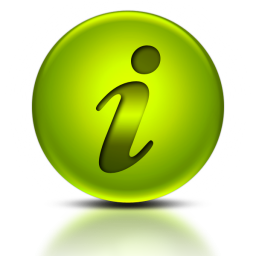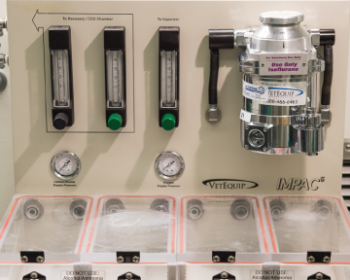Have You Checked Your Eyewash Station This Month?
During the most recent round of semi-annual IACUC facility inspections, we encountered many instances of eyewash stations not being flushed monthly. These issues are not specific to one area, but have been found all across campus and in many laboratories. Proper care and regular maintenance of emergency eyewash stations is crucial to protecting your laboratory ...



